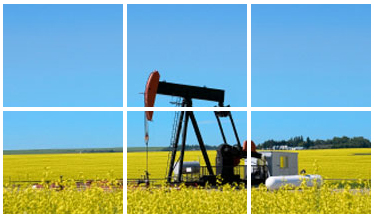

Natural Gas FAQ
What affects the price of Natural gas? With
limited short-term alternatives to natural gas for heating and
electricity generation, changes in supply or demand often lead to large
price swings. According to the U.S.Energy Information
Administration,supply-side factors impacting price include production,
gas imports and storage inventory levels. Demand-side factors include
weather, economic conditions and petroleum prices, as petrol may be
used as an alternate fuel for power generation.
Technically,
natural gas is not a renewable fuel as it is extracted from the Earth's
reservoirs that were formed millions of years ago. However, renewable
gas today can be manufactured using biogas or biomethane processes, and
it can be interchangeable with pipeline quality gas.
When are natural gas prices lowest?
Though
prices can fluctuate depending on supply and demand fundamentals,
natural gas prices sre often at their lowest during the fall and spring
seasons. These are known as the "shoulder" seasons, when weather is
mild and heating and cooling demand is low.
Does fracking lower natural gas prices?
The
use of hydraulic fracturing has unlocked previously inaccessible
natural gas resources, which has significantly lowered the cost of
supply. The U.S. Energy Information Administration has estimated that
there are around 2,973 Tcf (>84 trillion cubic metres) of
technically recovereble resources of dry gas in the United States.


